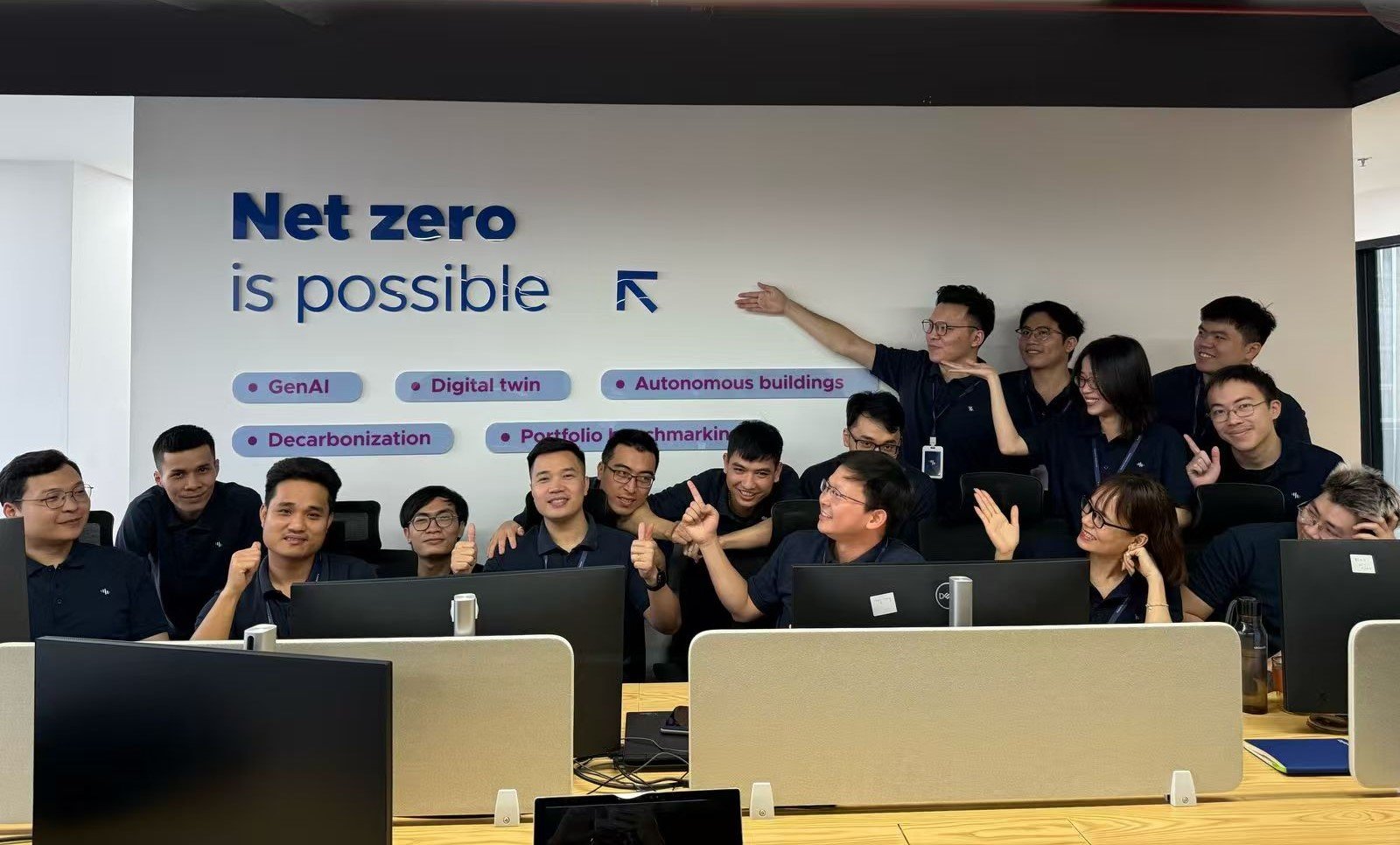
Sustainability sells. Products marketed as sustainable have outsold competing products by about 2.7 times. It is no wonder why many businesses are making sustainability a core of their operations. However, while some organizations may be making serious efforts to reduce the environmental impact of their products and operations, many more still find it easier to just “greenwash.” Companies practice greenwashing, making false or exaggerated claims about a product or service’s environmental benefits to appeal to environmentally conscious consumers.
Greenwashing has become increasingly common as consumers and businesses have become more environmentally conscious. Unfortunately, it can be challenging for consumers to differentiate between genuine environmental claims and greenwashing, leading to confusion and mistrust. However, advancements in technology, such as data, IoT, and digital twins, offer a solution to this problem.
The greenwashing epidemic and its consequences
Greenwashing is prevalent across various industries, from construction to manufacturing to corporate offices. For instance, in construction, buildings might be labeled “green” Many construction companies promote their projects or products as sustainable without adequate evidence to support these claims. For instance, some construction companies may label their buildings as energy-efficient or environmentally friendly, while not meeting the necessary standards or using sustainable practices. They may overstate the use of renewable materials or fail to consider the entire life cycle of the building, including its energy consumption, waste management, and long-term environmental impact.
Similarly, manufacturers might label their products as eco-friendly or engage in more manipulative practices like packaging their products in green or natural-looking materials to give the impression that it is “eco-friendly.” They may even make false claims or put misleading seals or certifications on the product.
Commercial properties are also not without blame, as many advertise their offices or retail stores as energy-efficient, but the actual energy-saving measures implemented may be minimal or insufficient. Greenwashing in this context can involve exaggerating the efficiency of lighting systems, HVAC (heating, ventilation, and air conditioning) systems, or building insulation.
Greenwashing not only misleads consumers but also affects investors and regulators. Investors may make decisions based on false or exaggerated environmental claims, leading to financial losses. Regulators may be unable to enforce environmental regulations due to companies’ deceptive practices.
Thankfully, advancements like data, IoT, and digital twins can help eliminate greenwashing by offering transparency and accountability.
The role of data, IoT, and digital twins in eliminating greenwashing
Data is a crucial tool in identifying and eliminating greenwashing. Companies can use data to track and analyze their environmental impact, providing evidence to support their environmental claims. For example, companies can use data to track their energy usage, water usage, waste production, and emissions. Organization stakeholders and decision-makers can use this data to identify areas where the company can improve its environmental performance and demonstrate its sustainable efforts.
Data collection and transparency
Companies can use IoT and digital twins to collect and analyze data, which can increase transparency and accountability. IoT interconnects devices, enabling them to gather and exchange data. Digital twins create virtual representations of physical objects or systems, making real-time monitoring and analysis possible.
For example, commercial or industrial buildings outfitted with IoT devices enable real-time energy tracking, gathering data on the company’s energy consumption and pinpointing areas for improvement. Similarly, manufacturers, such as those in the textile industry, can leverage digital twins to monitor the environmental impact of clothing production, collecting data on water usage, energy consumption, and waste production.
Data analysis
Automated and real-time data collection allows stakeholders like investors, regulators, and consumers to identify greenwashing. Data analysis can identify discrepancies between a company’s environmental claims and its actual environmental impact. For example, if a company claims to be “carbon-neutral” but still produces a significant amount of greenhouse gas emissions, this can be seen in the data.
Companies can also use data to compare their environmental impact to industry standards, allowing them to identify areas where they are falling behind and take steps to improve their sustainability performance.
Benefits of combatting greenwashing
Eliminating greenwashing has many benefits, including improving consumer trust, increasing investor confidence, and strengthening regulatory enforcement.
- Improved consumer trust: Consumers are becoming increasingly environmentally conscious and are more likely to make purchasing decisions based on a company’s environmental performance. By eliminating greenwashing, companies can build trust with consumers and demonstrate their commitment to sustainability.
- Increased investor confidence: Investors are increasingly looking to invest in companies that are environmentally responsible. By providing transparency and accountability through data, IoT, and digital twins, companies can attract environmentally conscious investors and increase their confidence in the company’s sustainability performance.
- Stronger regulatory enforcement: Eliminating greenwashing can also strengthen regulatory enforcement. Regulators can use data to monitor companies’ environmental impact and identify those that are making false or exaggerated environmental claims. This can help to ensure that companies are held accountable for their environmental performance and prevent greenwashing.
In addition to these benefits, eliminating greenwashing can also have a positive impact on the environment. By improving companies’ environmental performance, we can reduce our impact on the planet and work towards a more sustainable future.
Taking action to be transparent
Many companies are already using data, IoT, and digital twins to combat greenwashing and improve their environmental performance. For example, IKEA has implemented Akila at all of its stores in China, leveraging real-time monitoring of energy usage to reduce consumption and shrink their carbon footprint. Akila gives IKEA’s decision-makers traceable and trackable data which can streamline action plans and measurement and provides transparency for stakeholders who can drill down in reports to each individual meter.
Furthermore, through ESG disclosure requirements or voluntary framework reporting such as Ecovadis which are backed by audits, organizations can demonstrate their commitment to ending greenwashing. Using tools like IoT and digital twins can make collecting the data for these reports much simpler, whereas without them it might incur increased operational costs and result in inaccurate information.
Revolutionizing sustainability with digital twins
With the growing importance of sustainability, it’s more critical than ever to combat greenwashing and hold companies accountable for their environmental impact. By utilizing data, IoT, and digital twins, businesses can increase transparency, build trust with consumers and investors, and work towards a more sustainable future.
It’s time for companies to embrace these technologies and take meaningful steps toward sustainability. By doing so, they can not only improve their bottom line but also make a positive impact on the environment and society. Together, we can revolutionize sustainability and eliminate greenwashing for good.




